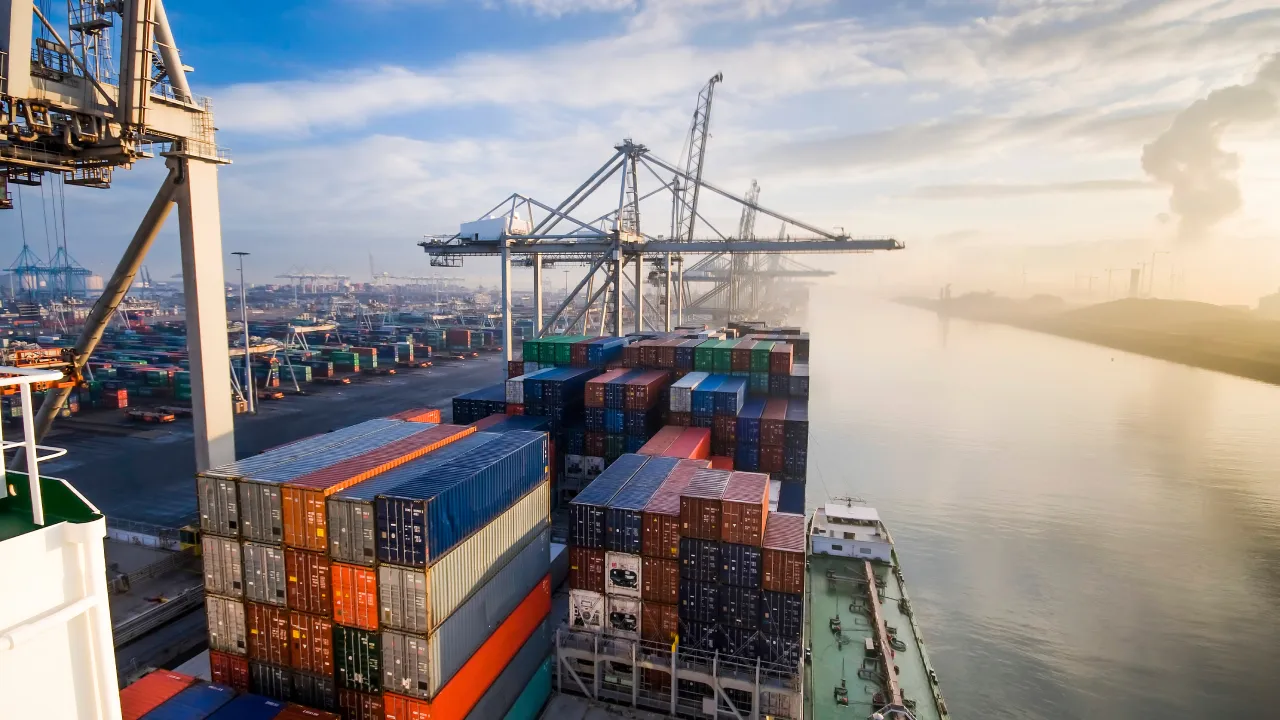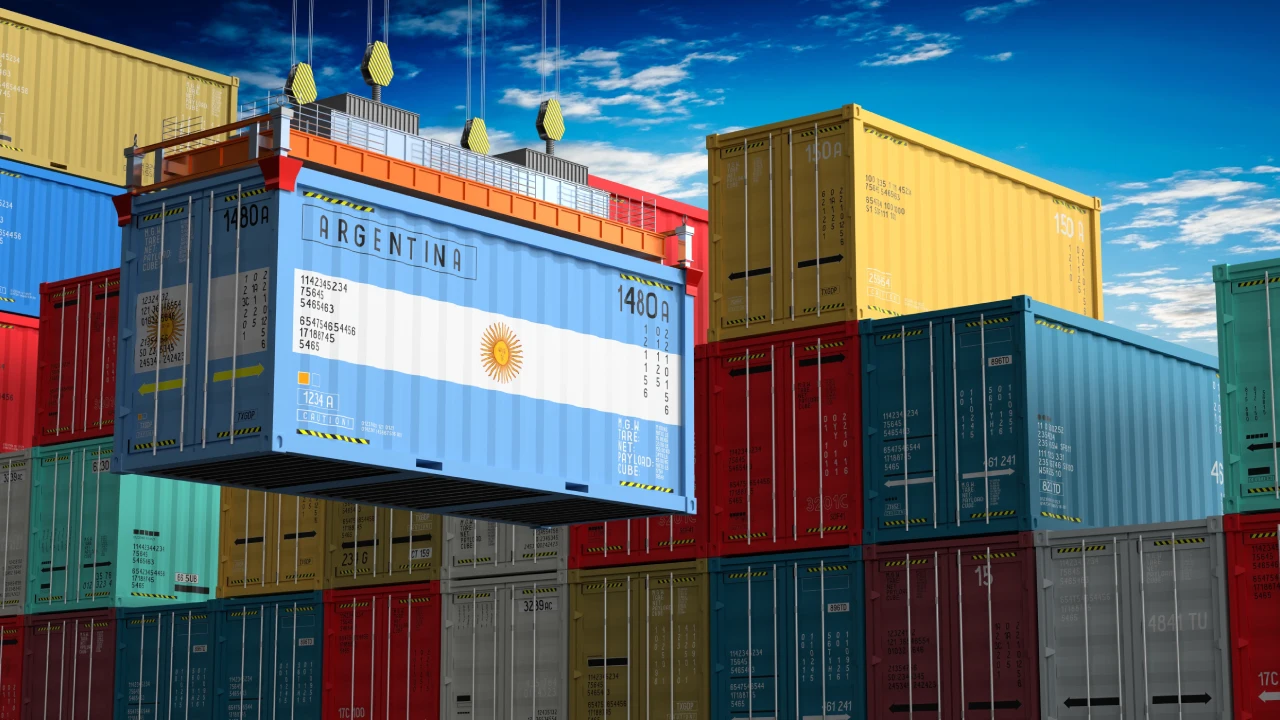
Key takeaways
- Argentina imports a wide range of goods, with a total import volume reaching approximately $60 million annually.
- Argentina’s majority of imports consist primarily of heavy industrial and agricultural machinery, metals, and equipment for chemical production.
- As a country with a well-developed agricultural sector, Argentina actively imports both new and used equipment to support and expand its farming operations.
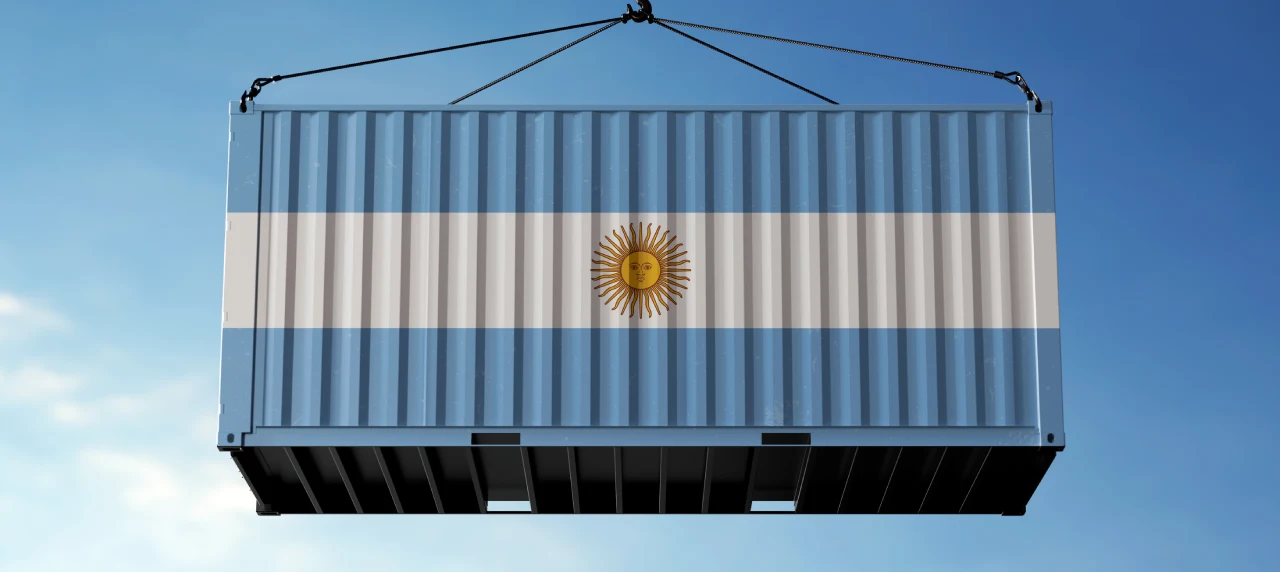
Argentina is a country that is known for its fertile farmland and rich natural resources. That’s why there are too many goods and equipment needed for manufacturers, logistic solutions, and Argentina’s economy today. From the food on the table to the cars on the road and the electronics in households, clinics, educational institutions, many everyday things in Argentina come from abroad. Understanding what Argentina imports can really help if you’re involved in business, logistics, or just curious about how global trade shapes daily life here.
What does Argentina Imports Today: TOP 10 Categories
| The Most Imported Goods | Value Imported ($US) |
|---|---|
| Machinery & Technology | 9,66 billions |
| Automotive & Transportation | 8,9 billions |
| Energetic & Chemical Equipment | 6,1 billions |
| Agricultural & Industrial Equipment | 3 billions |
| Healthcare & Pharmaceutical Application | 2,5 billions |
| Medical Equipment | 1,8 billion |
| Plastic | 2,7 billions |
| Organic Chemicals | 3 billions |
| Mineral Fuels | 3,8 billions |
| Iron & Steel | 1 billion |
Machinery and Technology
Argentina’s farms and factories are the backbone of its economy, but to keep them running efficiently, the country relies heavily on imported machinery and technology. From massive tractors and harvesters in the fields to advanced turbines and industrial pumps in manufacturing plants, much of this equipment originates from countries such as China, Germany, the United States, and Italy. These imports aren’t just about keeping up, they’re about staying competitive in a global market where efficiency and innovation matter.
The same goes for electrical equipment and consumer electronics. Since high-tech manufacturing is limited locally, Argentina imports a wide range of products, including smartphones, computers, industrial control systems, and semiconductors. These goods are valuable and often require careful handling and security throughout the logistics chain.
Automotive and Transportation
Even though Argentina does have its auto industry, imported vehicles and parts are everywhere. Many cars and trucks on the road were imported from the US, Brazil, Mexico, or Germany — sometimes as finished vehicles, sometimes as parts to be assembled locally.
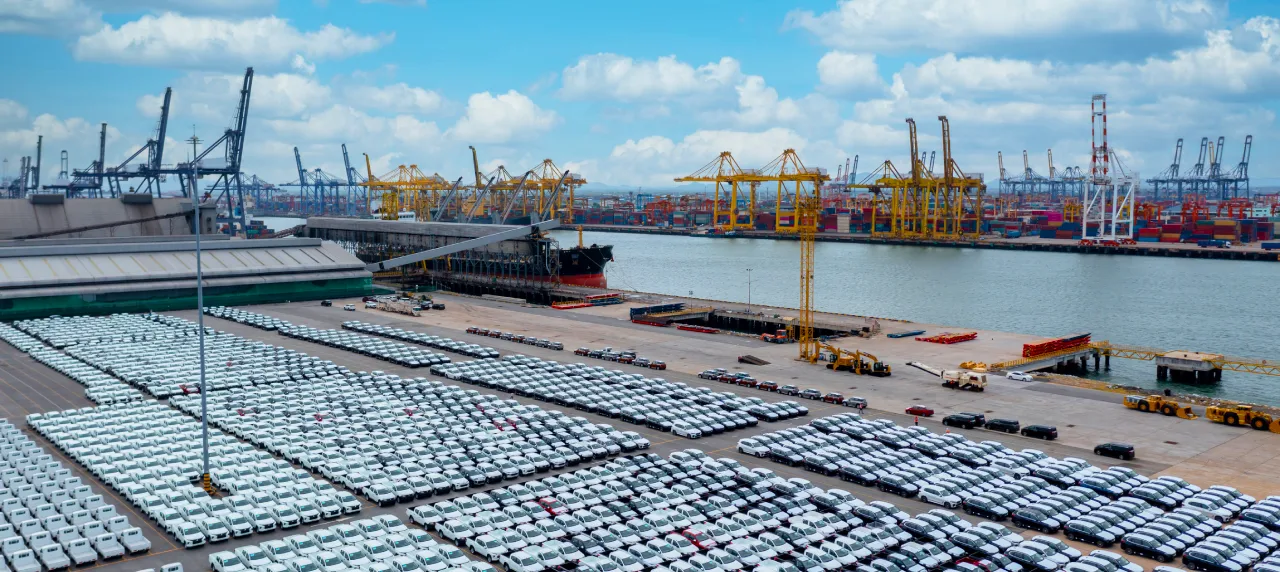
The automotive supply chain is influenced by regional trade agreements and local market trends, which means logistics teams have to be clever and ready to adapt. The demand for imports can shift quickly, depending on consumer preferences and the needs of local manufacturers.
Energy and Chemicals
Energy is a constant concern, especially during the colder months. Despite having its own oil and gas reserves, Argentina still imports refined fuels, such as diesel and gasoline, primarily from the US, Bolivia, and Brazil. Transporting and storing these fuels safely is a top priority, with strict regulations every step of the way. The story is similar for chemicals: Argentina imports a wide range of organic chemicals for use in agriculture, healthcare, and industry. These often come from India, China, and the US, and because many are dangerous, proper documentation and compliance are essential.
Agricultural and Industrial Equipment
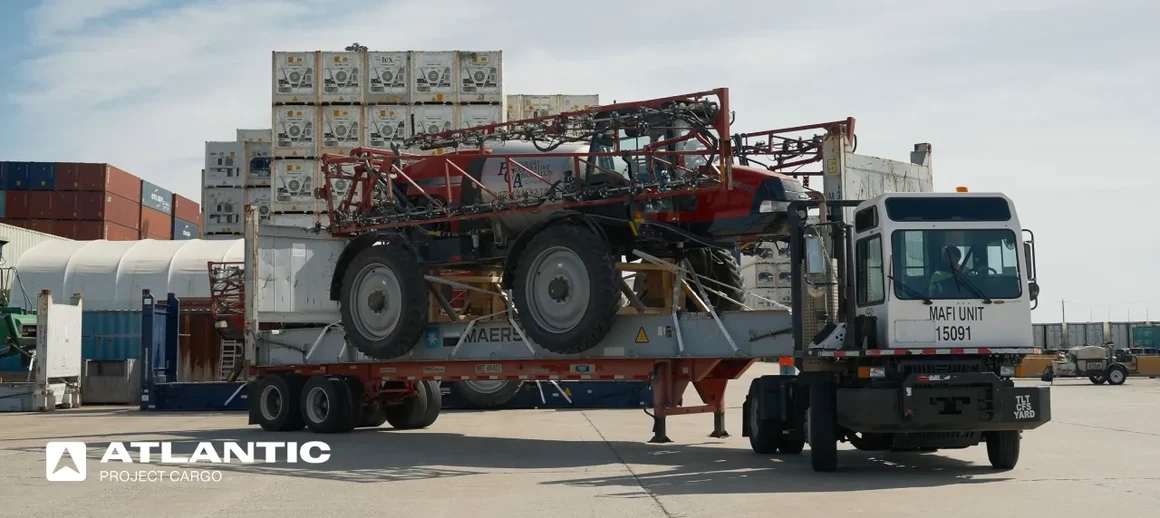
Argentina’s reputation as an agricultural powerhouse depends not just on its land and farmers, but also on a steady supply of inputs like fertilizers and plastics. Fertilizers, especially nitrogen, phosphate, and potassium blends, are crucial for keeping crop yields high. Imports from Russia, the Netherlands, and China extend before the planting season and are distributed to rural farming hubs across the country.
Healthcare and Pharmaceuticals Appliance
The healthcare sector is another area where imports play a vital role. While Argentina produces some medicines locally, it depends on imports for many raw materials, advanced drugs, and medical supplies. These come mainly from Germany, India, and the US, and often require special handling — think temperature-controlled storage and quick air transport for urgent deliveries.
The pandemic made it clear just how important a reliable pharmaceutical supply chain is for public health.
Medical Equipment
Argentina’s healthcare system relies on a steady stream of imported medical equipment to keep hospitals, clinics, and labs running at full speed. There is everything: from MRI machines and ultrasound scanners to surgical tools, patient monitors, and dental chairs.
The US is a major supplier, especially for high-tech devices, while China and Germany also play big roles. These shipments are delicate — many require temperature control, careful packaging, and fast, secure delivery.
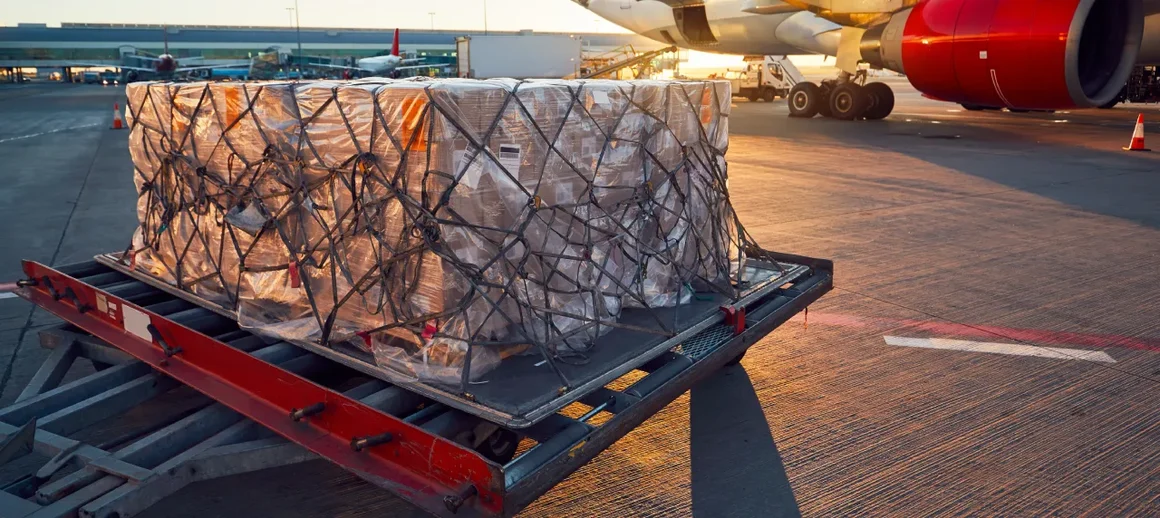
Regulations are strict: every piece of equipment has to be registered with national health authorities before it can be used. For logistics teams, it’s all about precision and reliability, because when it comes to medical equipment, there’s no room for error.
We’ll handle everything for you!
Different Types of Plastic
Plastics might not grab headlines, but they’re everywhere in Argentina’s economy. Imports cover a huge range — packaging films, bottles, industrial resins, pipes, containers, and even specialized plastics for automotive or medical use. China, the US, and Brazil are the main sources. These materials are essential for manufacturing, agriculture, retail, and beyond.
As global trends shift toward sustainability, more companies are looking for recyclable and biodegradable plastics. Logistics here is about moving high volumes efficiently, often in containers, and making sure everything is properly classified for customs.
Organic Chemicals
Organic chemicals are the building blocks for numerous industries in Argentina. Think fertilizers for the fields, dyes for textiles, solvents for factories, and active ingredients for the pharmaceutical sector. India, China, and the US are leading suppliers. Many of these chemicals are dangerous, so shipments need special containers, labeling, and documentation, plus strict compliance with safety and environmental regulations.
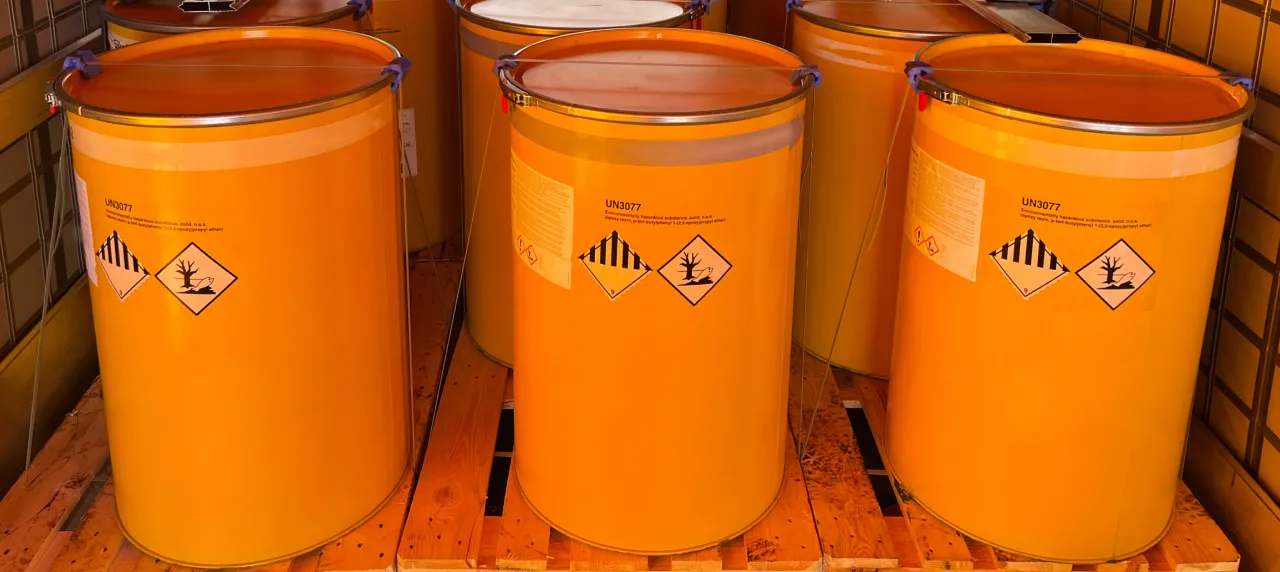
Mineral Fuels
Even with its own oil and gas fields, Argentina still depends on imports of mineral fuels — especially refined products like diesel, gasoline, and liquefied natural gas. The US, Bolivia, and Brazil are key partners in keeping the tanks full and the lights on, particularly during winter when demand spikes.
Moving fuel requires specialized tankers, secure terminals, and rigorous safety standards at every stage. Any disruption to this supply chain could have an economic impact, so logistics providers must be careful when clearing customs before importing into Argentina.
Iron and Steel
Iron and steel imports are the backbone of Argentina’s construction and manufacturing sectors. While some steel is produced locally, imports fill the gap for everything from rebar and beams to high-grade sheets and specialty alloys. Brazil, China, and Italy are top sources. These materials are heavy and bulky, so shipping often involves bulk carriers, cranes, and reinforced platforms at the ports.
Once on land, they head straight to building sites, factories, or infrastructure projects — helping shape everything from new highways to skyscrapers. In this business, timing and careful handling are everything, because delays or damage can mean big setbacks for major projects.
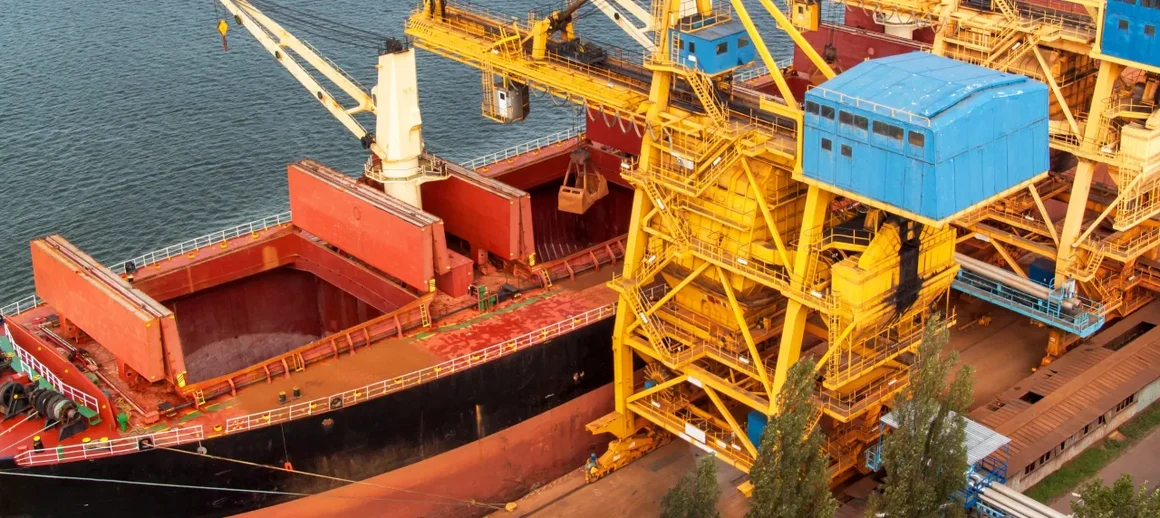
Conclusion
Argentina’s import landscape is an example of a country that’s both rich in resources and deeply connected to the global marketplace. Whether it’s the latest farm machinery, a new car, essential medicines, or the clothes people wear, imports help drive the economy forward. For anyone involved in business, logistics, or supply chain management, understanding these categories and their challenges is key to finding new opportunities and staying ahead in a rapidly changing world and new economic conditions.
Read More



